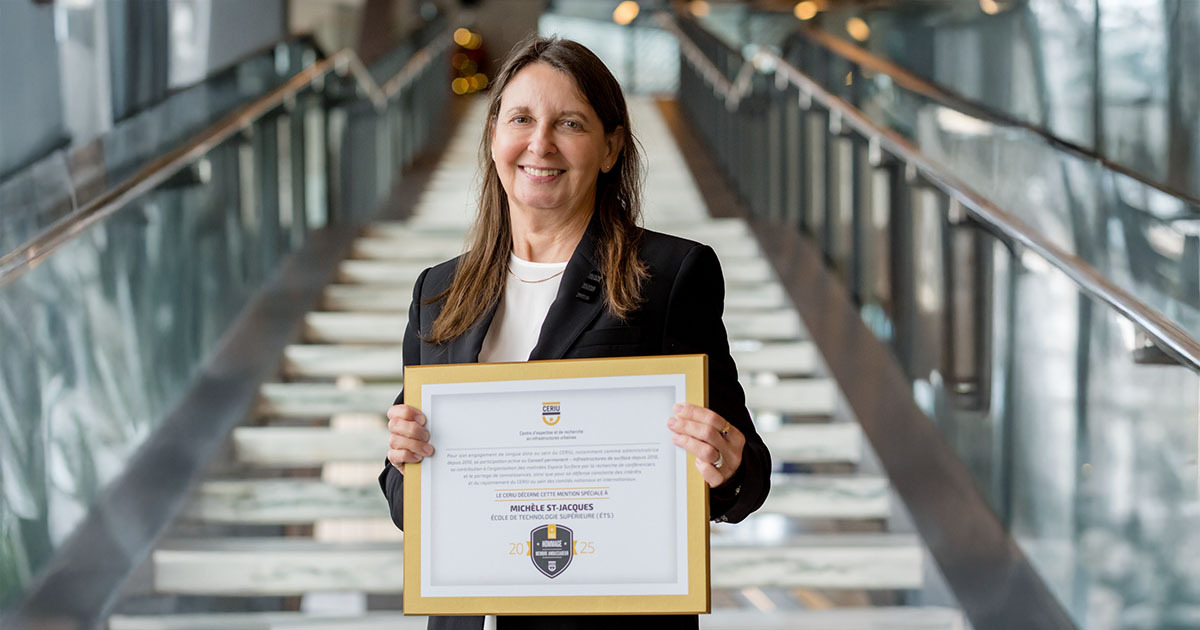Ultrasonic Transducer for High Resolution Imaging

Header image was purchased on Istock.com and is protected by copyright.
In recent years, there has been a growing interest in piezoelectric micromachined ultrasonic transducers (PMUTs) as an alternative to conventional transducers for ultrasound imaging. These transducers offer many advantages in terms of cost, size, and efficiency. This is a summary of two recent publications in the field.
Ultrasound: A Widespread Technology
The first ultrasound applications date back to World War l when they were used for submarine detection. Since then, ultrasonic transducers have been used for imaging in a wide range of fields. In medicine, the first applications appeared in the 1950s and are now used in almost all specialties, such as cardiology, ophthalmology, orthopedics, cancer screening and prenatal testing to name a few (Burrascano et coll., 2014). Their use is also widespread in many areas of industry, like metallurgy, for quality control and defect detection within materials (Schmerr and Song, 2007).
The Limitations of Ultrasonic Transducers
However, conventional ultrasonic transducers have several issues. First, their acoustic impedance is very different from the environment being studied, leading to great losses during acoustic wave transmissions. Also, in imaging applications generally, to achieve good image resolution the transducer must be damped in order to obtain the shortest pulse in the time domain. Consequently, transducers are relatively less energy efficient. Finally, ultrasound imaging devices remain very bulky and expensive. There is no miniature device that can be directly integrated into a smartphone or other portable devices, as is the case for other technologies like radio frequency identification (RFID) or Near Field Communication (NFC).

Figure 1 Ultrasound Imaging Device
Such a device, if it existed, would make the existing imaging applications mentioned above much more readily available at much lower costs, and would allow the emergence of new applications in the field of biometrics, motion detection, biomedical imaging and many more. Research and development of efficient miniature transducers for low-cost real-time high-resolution imaging, that are portable and easily integrated, are critical to the evolution of medical imaging (Pellikka et coll., 2013). This will help popularize the technology and allow new applications to emerge.
Micromachined Ultrasonic Transducers (MUT)
A new type of transducer, the Micromachined Ultrasonic Transducer (MUT), looks promising. It consists of membranes that vibrate from top to bottom, similar to a loudspeaker. There are two types of MUTs: capacitive micromachined ultrasonic transducers (CMUTs) and piezoelectric micromachined ultrasonic transducers (PMUTs). Piezoelectric transducer arrays are much easier to manufacture, easily mass-produced, compatible with the CMOS process (complementary metal oxide semiconductor) and can be manufactured directly on a transmitter-receiver integrated circuit with similar or even superior performance to conventional transducers (Gurun et coll., 2008). Therefore, the piezoelectric micromachined ultrasonic transducer (PMUT) was chosen as the subject of our research.

Figure 2 Micrography of a PMUT
PMUT Resonance Frequency Calibration
First, a calibrating technique of the PMUT resonant frequency for range measurement applications was developed. A micrograph of the manufactured device is shown in Fig. 2. The device allows resolution measurements at the millimetre scale. This figure shows an example of different range measurements from a reflector positioned at various distances. The device is optimized to maximize output ultrasonic power at the target frequency and, therefore, must have a resonant frequency that corresponds to the application frequency in order to maximize power transfer. The presented technique requires only one post-processing step (Robichaud et al. 2018, JMEMS).
Anchoring Topology of PMUTs
A new anchoring topology for PMUTs was developed. This technique significantly reduces the influence of manufacturing process variations on the PMUT resonant frequency. To release the membranes, the technology used is the DRIE process (deep reactive ion etching), which causes variations in PMUT sizes and, consequently, in resonant frequencies. The new topology solves this problem. Results of our measurements show that the resonant frequency variation can be reduced by a factor of about four with the proposed topology (Robichaud et al. 2018, JMEMS).
Figure 3: Example of range measurementAdditional information
For more information on this research, please see the following papers:
Robichaud, A.; Cicek, P.-V.; Deslandes, D.; Nabki, F. 2018. “A Novel Topology for Process Variation-Tolerent Piezoelectric Micromachined Utrasonic Tansducers”. Journal of Microelectromechanical Systems. PP(99) : 1-9
Robichaud, A.; Cicek, P.-V.; Deslandes, D.; Nabki, F. 2018. “Frequency Tuning Technique of Piezoelectric Ultrasonic Transducers for Ranging Applications”, Journal of Microelectromechanical Systems, vol. 27, no. 3, pp. 570-579, June 2018.



